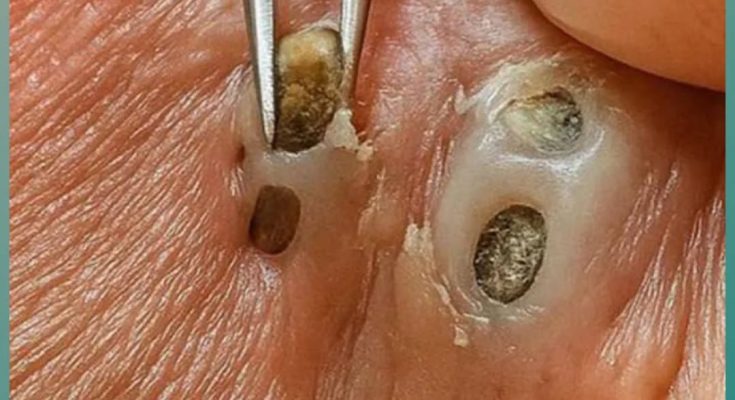Blackheads are a type of acne known as open comedones. They appear as small, dark bumps on the skin, most commonly on the nose, forehead, chin, chest, and back. Unlike whiteheads, blackheads remain open at the surface, allowing air to oxidize the trapped oil and dead skin cells, turning them black—not because of dirt, but due to this oxidation process.
🧬 What Causes Blackheads?
Several factors contribute to blackhead formation:
- Excess sebum (oil) production from sebaceous glands.
- Dead skin cells that accumulate and clog pores.
- Hormonal changes, especially during puberty, menstruation, or pregnancy.
- Poor skincare habits, such as infrequent cleansing or using comedogenic products.
- Environmental factors, like pollution and humidity.
- Diet and stress, which may indirectly affect oil production.
🧼 How to Treat Blackheads
Effective treatment involves both topical products and professional care:
Over-the-Counter Solutions:
- Salicylic acid: Helps exfoliate and clear pores.
- Benzoyl peroxide: Reduces bacteria and oil.
- Retinoids: Promote cell turnover and prevent clogging.
- Clay masks: Absorb excess oil and impurities.
Professional Treatments:
- Chemical peels: Use acids to deeply exfoliate.
- Microdermabrasion: Removes dead skin with a fine abrasive tool.
- Extraction: Dermatologists use sterile tools to remove blackheads safely.
- Laser therapy: Targets oil glands to reduce production.
🛡️ Prevention Tips
To keep blackheads at bay:
- Cleanse twice daily with a gentle, non-comedogenic cleanser.
- Exfoliate regularly, but avoid overdoing it.
- Use oil-free skincare and makeup products.
- Avoid touching your face with unwashed hands.
- Stay hydrated and eat a balanced diet.
- Manage stress
